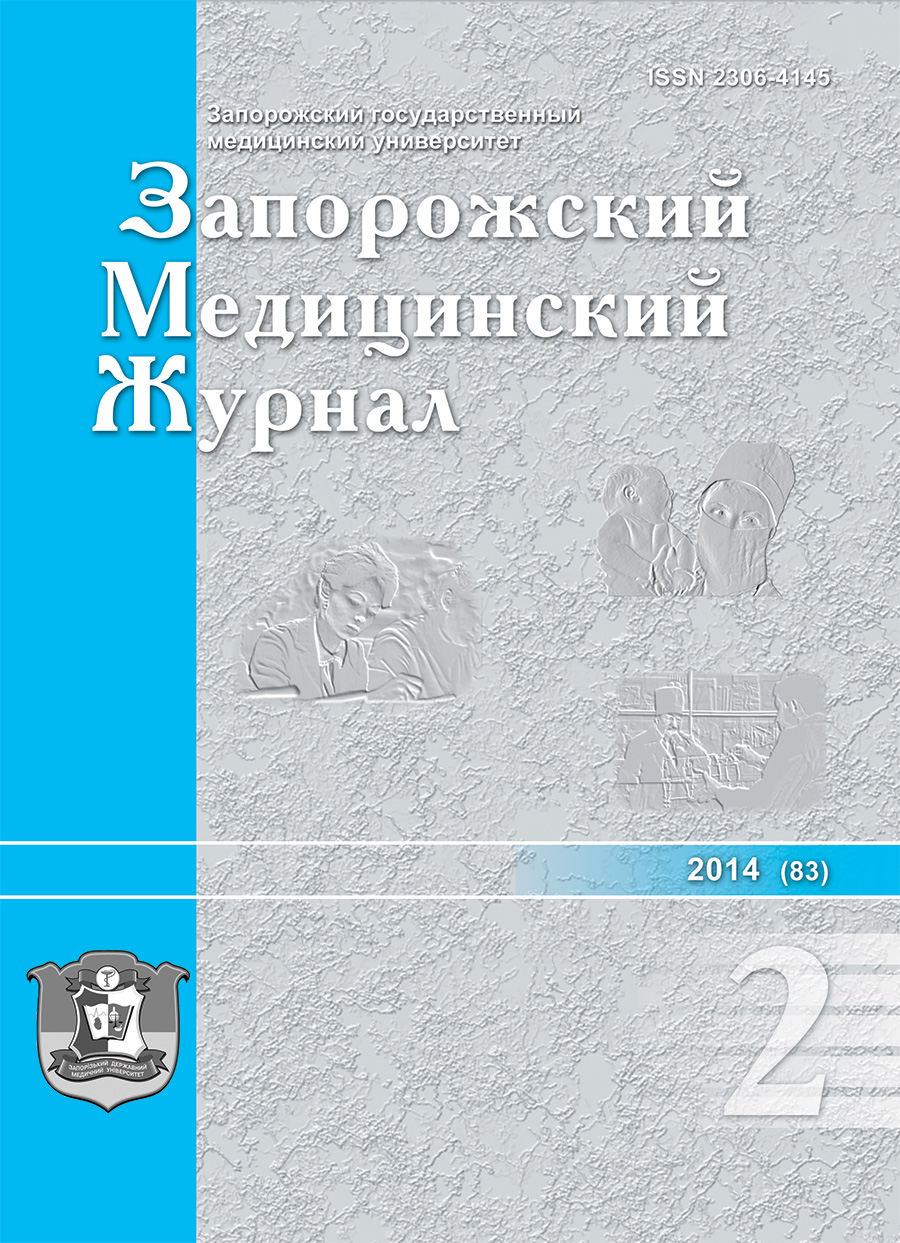Influence of antimicrobial components of the hydroxyapatite based biocomposites on microorganisms adhesion
DOI:
https://doi.org/10.14739/2310-1210.2014.2.25521Keywords:
microorganism, adhesion, hydroxyapatite, chitosan, silverAbstract
Adhesion of E. coli ATCC 25922 and S. aureus ATCC 25923 to the formalin-treated erythrocytes, influenced by the biomaterial, based on the hydroxyapatite with the content of silver ions and chitosan was studied. As a control was chosen hydroxyapatite without impurities. Results of the experiment showed that the addition of silver ions and chitosan to the biomaterial reduces by 40% and 22–39%, respectively, adhesive microorganism index (AMI) of the E. coli АТСС 25922, compared with control. Adhesive microorganism index of S. aureus ATCC 25923 was reduced for 23% and 27% under action of silver ions and chitosan respectively.
References
Towner K. J. Mechanism of acquired resistance Antimicrobial chemotherapy. 4th ed. In: Greenwood D. Oxford, New York: Oxford University Press 2001: 145-155.
Cherkes F.K. Mikrobiologiya [Microbiology] Мoskow, Меdicine, 1986. 512 p.
Ploux L. Ponche A., Anselme K. Bacteria/material interfaces: role of the material and cell wall properties. Journal of Adhesion Science and Technology. 2010; 24(13-14): 2165-2201.
Schnürch Bernkop, Freudl J.. Comparative in vitro study of different chitosan-complexing agent conjugates . Pharmazie 1999; 54: 369-371.
Vande Vord P. J., Matthew H.W.T., Desilva S.P., Mayton L., Wu B, Wooley P.H. Evaluation of the biocompatibility of chitosan scaffold in mice. J. Biomed. Mater. Res. 2002; 59: 585–590.
Eugene K., Lee Y.L. Implantable application of chitin and chitosan. Biomaterials 2003; 24:2339–2349.
Chung Y. Su Y, Chen C., Jia G., Wang H., Gaston Wu J., Lin J. Relationship between antibacterial activity of chitosan and surface characteristics of cell wall. Acta Pharmacol Sin 2004; 25(7): 932-936.
Klassen H. J. A historical review of the use of silver in the treatment of burns. II. Renewed interest for silver. Burns 2000; 26(2):131 -138.
Brilis V.I., Brilis T.A., Lentser Kh.P., Lentser A.A. Metodika izucheniya adhezivnogo prozessa mikroorganizmov [ Methodology of study of microorganisms adhesive process]. Lab.delo1986; 2: 210-212.
Osolodchenko T.P. Adhezyvni vlastyvosti mikroorganismiv ta metody yix vyznachennya: metodychni recomendatsiyi.[Adhesive properties of microorganisms and methods of their determination : methodical recommendations] Кyiv, Znannya Ukrayiny, 2009. 19p.
Downloads
How to Cite
Issue
Section
License
Authors who publish with this journal agree to the following terms:
Authors retain copyright and grant the journal right of first publication with the work simultaneously licensed under a Creative Commons Attribution License that allows others to share the work with an acknowledgement of the work's authorship and initial publication in this journal. 
Authors are able to enter into separate, additional contractual arrangements for the non-exclusive distribution of the journal's published version of the work (e.g., post it to an institutional repository or publish it in a book), with an acknowledgement of its initial publication in this journal.
Authors are permitted and encouraged to post their work online (e.g., in institutional repositories or on their website) prior to and during the submission process, as it can lead to productive exchanges, as well as earlier and greater citation of published work (See The Effect of Open Access)

